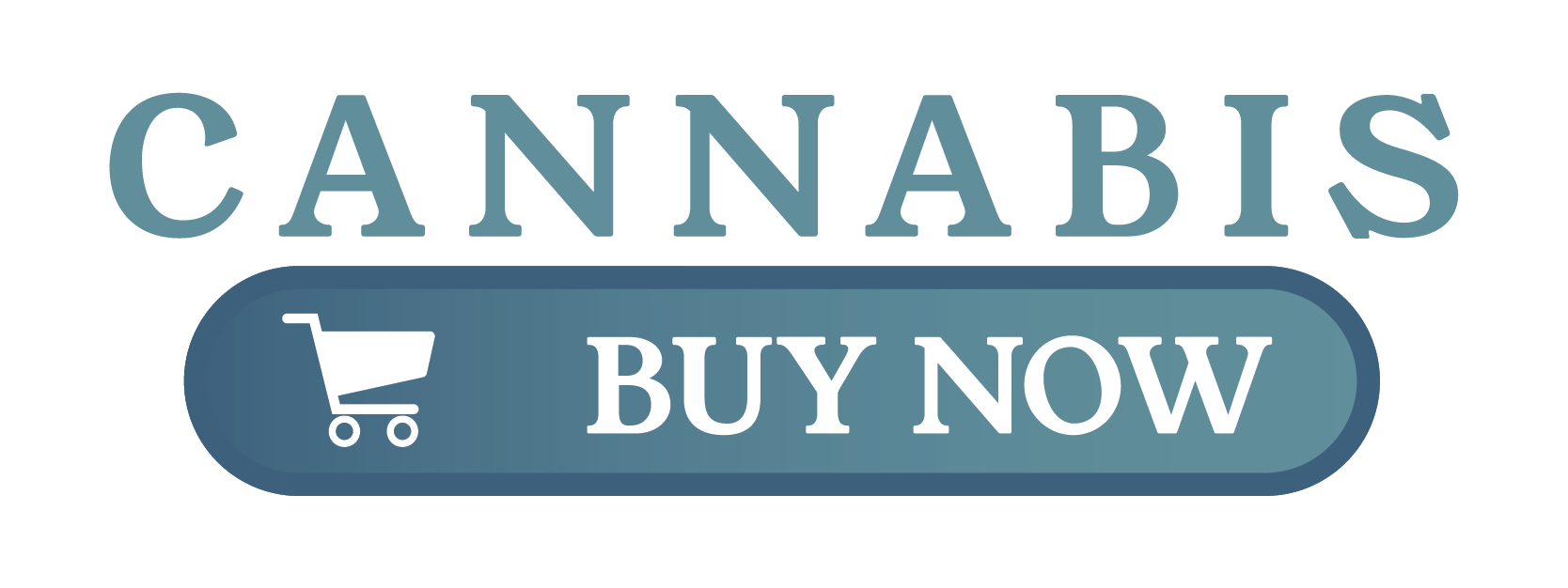For a product that cannot be freely advertised in many channels, cannabis branding and packaging carry unusual weight at the moment of choice. On the shelf or in an app menu, visual identity, structural design, labeling, and sustainability cues all act as shorthand for trust, quality, and value. While price and convenience still top the list of shopping drivers in legal markets, packaging often becomes the decisive tiebreaker among similar options—especially in crowded categories like vapes, pre-rolls, and gummies.
Why branding and packaging matter in cannabis
Branding creates mental availability: consistent colors, logos, and typography help consumers recognize a product quickly amid an expanding SKU universe. In cannabis—where new brands launch constantly and regulations restrict traditional marketing—packaging functions as a primary billboard. Headset’s look at brand loyalty underscores the challenge: even marquee names face intense competition and variable loyalty across demographics, suggesting that on-shelf execution and recognizable packaging are critical to retention.
Academic evidence backs the influence of packaging on preference. A 2024 study of cannabis edibles found that consumers generally prefer branded packages over plain formats and respond positively to the presence of potency indicators and permitted health-related cues. In other words, clear, compliant information architecture alongside a professional brand system improves appeal and perceived credibility.
What actually moves a shopper at the shelf (or in the cart)
Because price and proximity drive store choice, brand teams must assume that many shoppers arrive ready to compare like-for-like offerings. At that point, packaging elements do heavy lifting:
- Signal of quality and safety. Clean design, tamper evidence, and child-resistant forms telegraph professionalism and compliance—baseline expectations for regulated goods. Clear potency callouts and legible ingredient panels help consumers assess fit quickly. The 2024 edibles study highlights the role of potency indicators specifically in shaping preferences.
- Category navigation. Color coding by strain type or effect, intuitive hierarchies (brand → line → flavor/dose), and front-of-pack “jobs to be done” claims (e.g., “sleep,” “focus”) reduce cognitive load, improving selection speed without staff intervention. This is especially valuable for new consumers who may be uncertain or time-constrained—groups that BDSA notes often shop on convenience.
- Trust through consistency. Repeating visual rules across SKUs builds recognition and reassures returning buyers. With loyalty not guaranteed, especially in price-compressed categories, consistent packaging helps keep a brand top of mind when promotions are comparable. Headset’s loyalty analysis reinforces the need for distinctive, consistent cues.
Sustainability is no longer a niche signal
Sustainability messaging has moved from “nice-to-have” to a meaningful differentiator. Brightfield Group has tracked rising consumer interest in eco-forward practices across cannabis, reflecting broader wellness and environmental values. Packaging is the most visible place to communicate that story—through recycled materials, reduced plastic, or right-sized formats.
Operators are responding: industry reporting shows brands incorporating recycled and reusable materials and experimenting with hemp-based components to cut single-use plastics. These choices can strengthen brand affinity among eco-conscious shoppers and reinforce premium positioning—provided the claims are specific and credible on-pack.
The business case: design that pays for itself
The market stakes are high. Analysts expect cannabis packaging demand to expand substantially as legal access grows and SKUs proliferate, a pattern visible in both legacy forecasts and newer outlooks. That spending only makes sense if packaging drives velocity—through higher conversion, better findability, and fewer returns due to confusion around dosing or form factor.
From a growth lens, packaging is one of the few levers brands fully control in every market. It is also measurable. Teams can tie upgrades to sell-through, basket attachment, and review language (“easy to open,” “clear dose”) in retail and marketplace data, then iterate quickly.
Practical rules for brands and retailers
- Lead with clarity, then character. Translate regulatory requirements into a clean hierarchy: product type, dose/potency, net contents, and usage guidance should be immediately visible. Branded expression sits around that core—not over it. The 2024 edibles study shows clarity features like potency indicators directly influence preference.
- Design for omnichannel. Packages must read on a four-inch phone screen and a four-foot shelf. Render hero panels that crop well for menu thumbnails and keep crucial specs in the first 40–60 characters of product names for marketplace listings.
- Use consistency to compound recognition. Establish a strong master brand system with room for flavor or effect differentiation. In categories with fluid loyalty, consistent presentation increases the odds of repeat grabs when price gaps narrow.
- Make sustainability specific. Replace vague “eco-friendly” claims with concrete facts (e.g., “post-consumer recycled resin,” “reduces plastic by 42% vs. prior pack”). Consumer interest is rising, and credible details enhance trust.
- Measure what matters. Pair design changes with A/B tests in select doors, tracking share shifts within subcategory, review sentiment, and return reasons. Remember that many shoppers arrive seeking price and convenience; packaging’s job is to convert within those constraints, not replace them.
Bottom line
Cannabis shoppers still choose stores based primarily on price and convenience, but once they are browsing, branding and packaging often decide the sale. Clear potency and product information, consistent brand systems, and credible sustainability signals all increase confidence and speed decisions amid dense assortments and limited advertising channels. In a market with fickle loyalty and constant new entrants, the package is not just a container—it is a brand’s most persistent, controllable growth engine.

